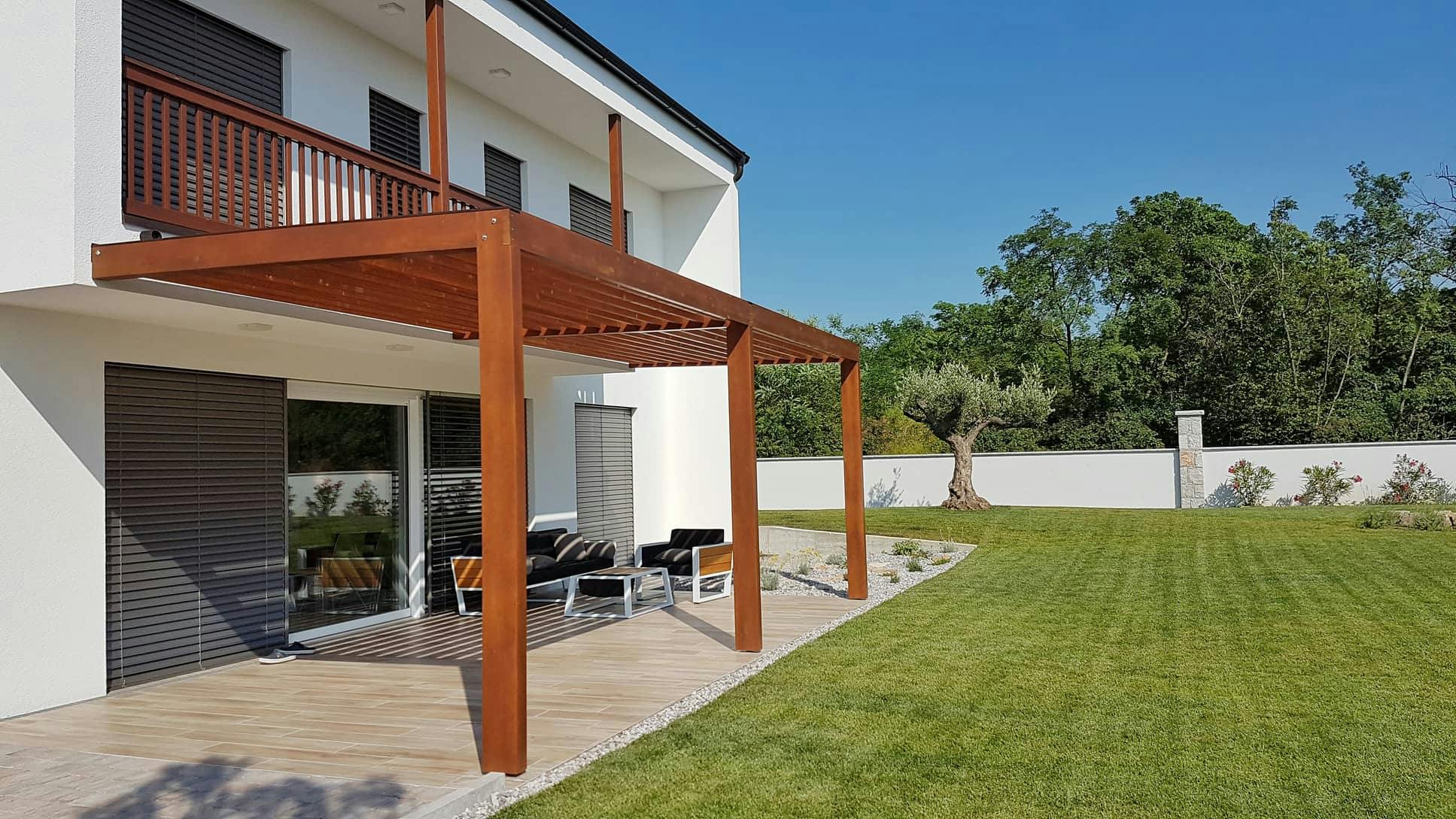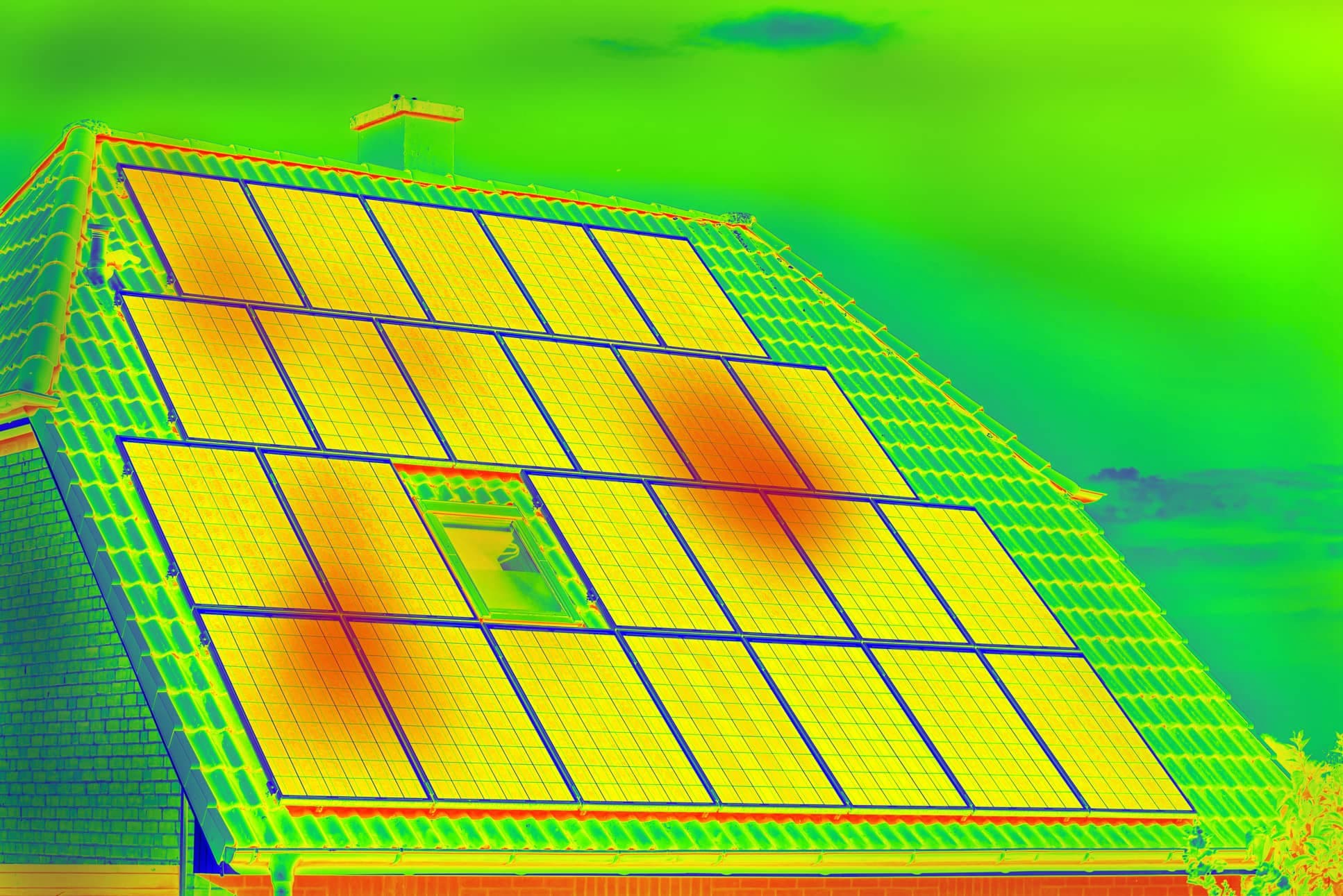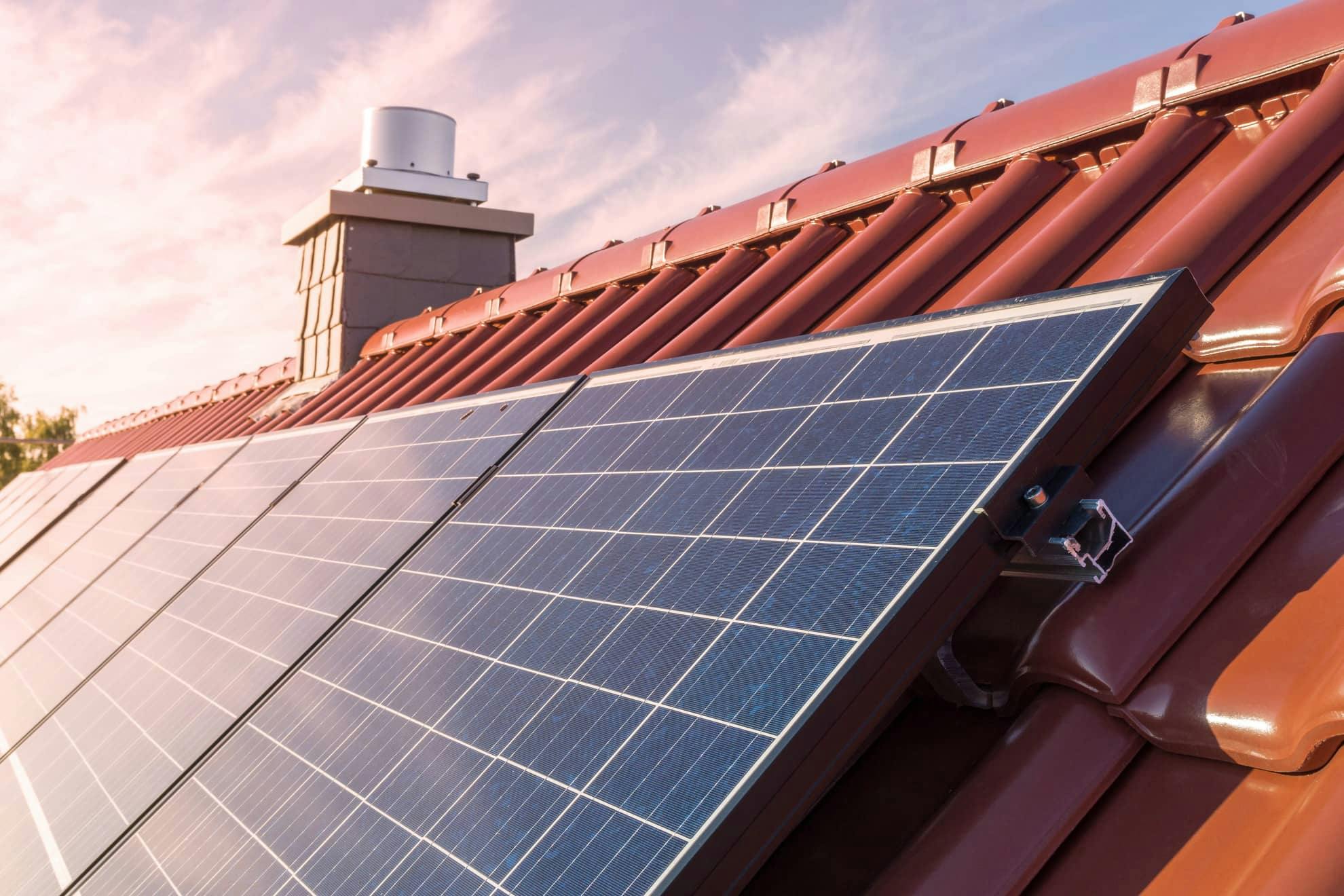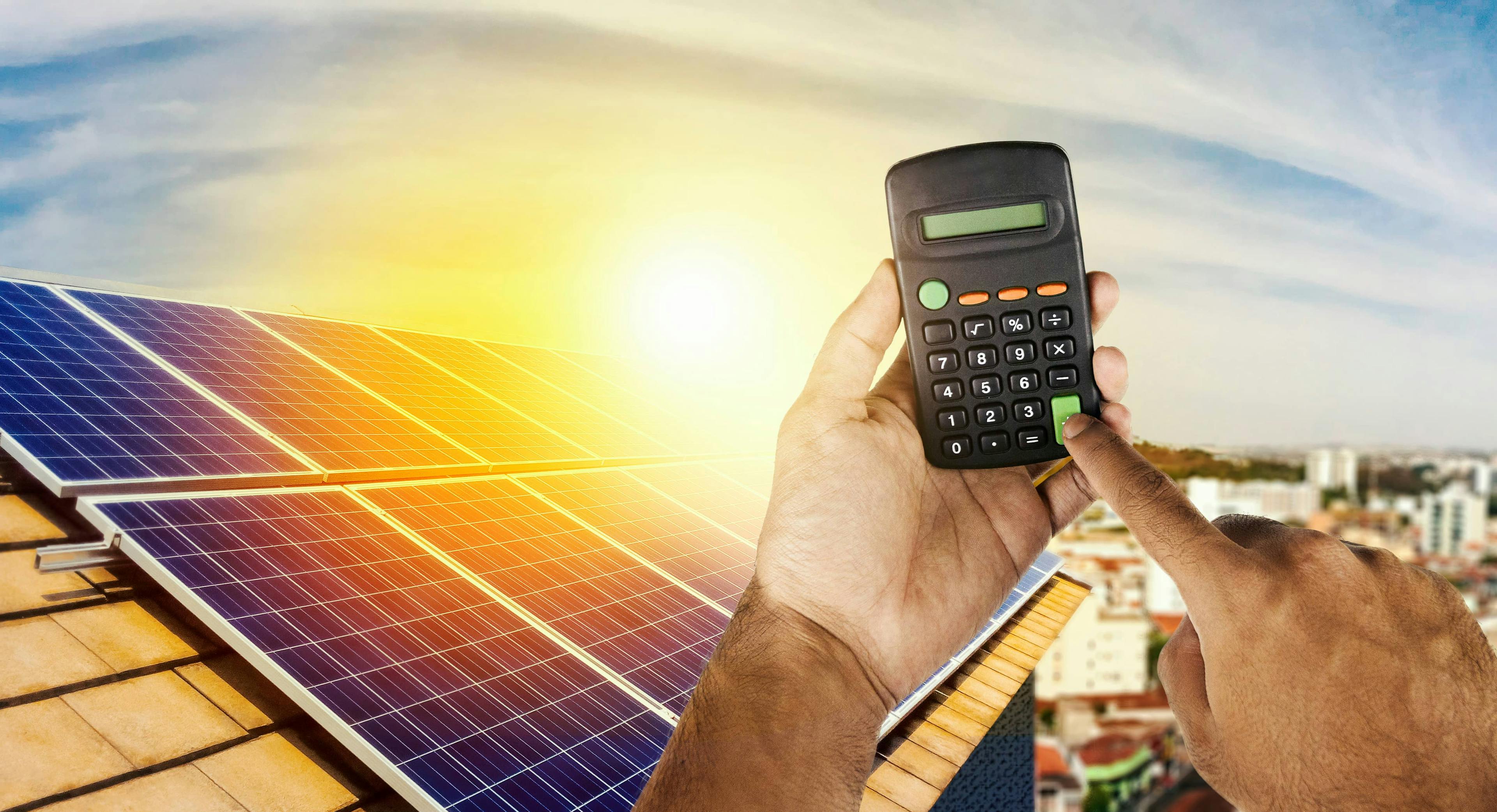Hello once again readers! You already know by now that solar energy is a renewable energy resource from the Sun, 🌞 and just as there is the use of solar energy with photovoltaic panels -active solar energy, later we will explain why-, we also find homes They use passive solar energy.
Do you want to know more? Very good, well, to begin with, we will tell you that passive solar energy designs are characterized by using the Sun's energy to heat, cool and illuminate houses or buildings. Let's see below all the details about this method of harnessing energy.👇
What is passive solar energy harvesting?
Passive solar systems use the radiation, conduction or convection of heat from solar energy. These capture, accumulate, block or transform this heat, without the need for electrical systems.
This is where the term passive comes from, meaning that no additional mechanical equipment (such as pumps or fans) is used to provide cooling and heating to keep the home comfortable.
In addition, passive solar energy is based on the design, location and construction style of the house, responding to the surrounding environment and with nature as the protagonist doing most of the work.
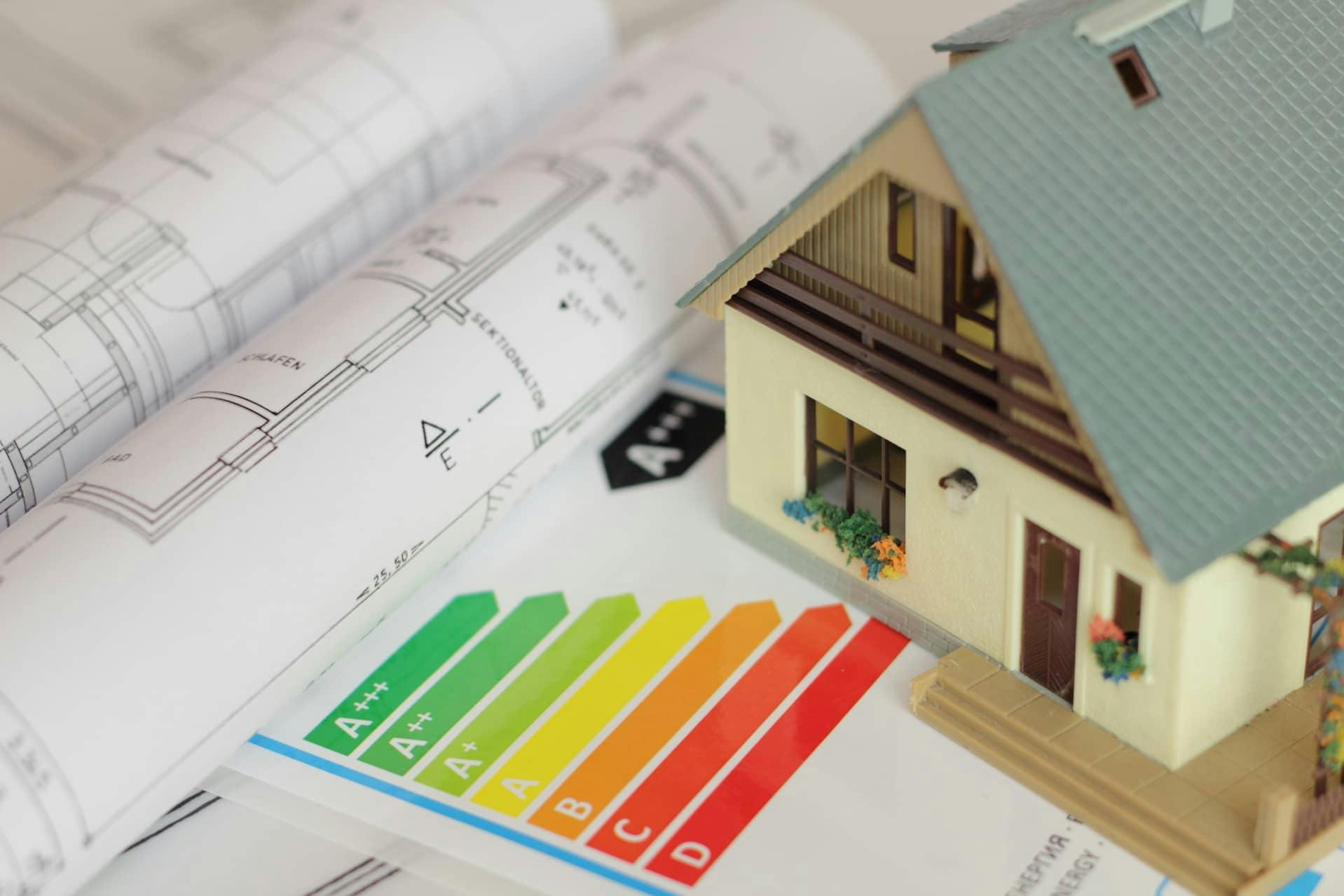
Design, location and construction style of the passive solar house allows for high energy efficiency.
How is passive solar power different from active solar power for home use?
As we have just mentioned, passive solar energy differs from active solar energy since it works with the sun's heat and does not require the use of other mechanisms, or at least does not involve the substantial use of mechanical and electrical devices (pumps, fans) to transfer solar energy.
What examples are there of passive solar energy?
To reduce the need for electricity, by using the Sun, a passive solar design is based on the location of the house, its windows, ventilation and insulation.
We can mention the following examples of passive solar energy use:
- Passive solar heating
Houses that are heated by passive solar energy have energy efficient windows that face south to absorb as much of the sun's heat as possible. However, once the heat has entered the house, various techniques are used to keep it and distribute it as being the thermal mass: a common concept in passive solar design.
All materials can store heat to some degree, so using high-mass materials in walls, floors, and roofs gives them a higher thermal mass, or heat capacity. For example, concrete and masonry absorb heat well, so floors and walls can be built from these materials.
The good part is also that in hot summers the excess heat will be absorbed by these thermal masses and will help to cool the house. Also, painting the floor and walls in darker colors will help absorb heat better.
- Passive solar cooling
Passive solar cooling is another use of solar energy and is the exact opposite of passive solar heating discussed above. It's more about reducing heat build-up than removing it. Ultimately, cold is the absence of heat.
Passive cooling systems have the same basic components as passive heating systems, but they work differently.
For example, a building can be shaded through the use of blinds, awnings, curtains, and landscaping with trees, while still admitting a significant amount of indirect light. From a passive solar point of view, the most effective method of sun protection is on the outside of the building using overhangs that block the sun during the summer months, but allow sunlight to enter the house during the winter.
✋Before continuing, do not miss this explanatory video about what a passive house is like. Take a look as it explains exactly how to use this type of energy in winter and summer!
Examples of passive solar cooling techniques thus include overhangs and the use of reflective coatings on windows, exterior walls and roofs. Another way to achieve passive solar cooling is to combine shading with natural ventilation using moving air for cooling, where solar heat creates convection currents that draw in cold air from outside as heat rises, to lower indoor temperatures.
What are the advantages of passive solar energy?
- Solar energy is environmentally friendly and available almost everywhere. The heat and light that come from the Sun can be used in many ways to make electricity, heat and cool homes, or heat water.
- Other benefits of passive solar energy is that it requires little or no cost to carry out its work, or that the cost for its maintenance is also very low. In addition, it does not emit polluting gasses into the atmosphere during its operation.
- It maximizes the potential of solar energy for heating and cooling, so a good passive solar home design is adapted to the local climate and environment.
Interesting, right? Now you know what passive solar energy is and how a house works with this type of use of the Sun's energy. In addition, this type of energy is being used and combined with active solar energy (photovoltaic panels), resulting in homes with a more efficient energy model. 🙌
As you well know, from Quiero Sol we help you get to active solar energy by obtaining different quotes from installers to get closer to photovoltaic energy. Even so, we are not only left with this and we like to inform you of all the options that exist for the use of renewable energies, such as solar.
If you have any concerns, do not hesitate to contact us. We provide advice to help you review your particular situation and answer any questions you may have about solar energy. ☀️😊

